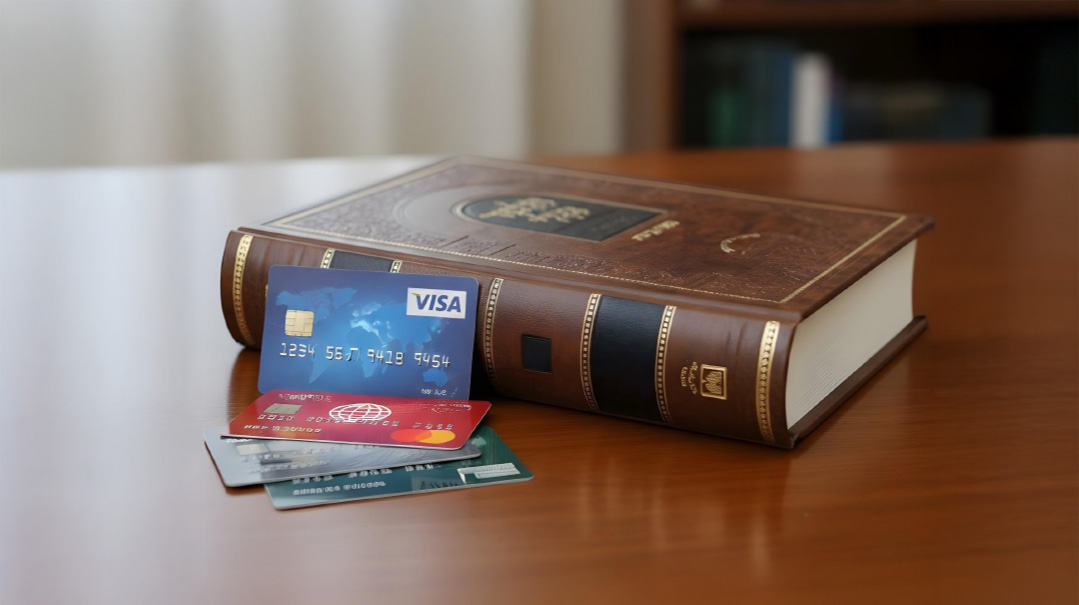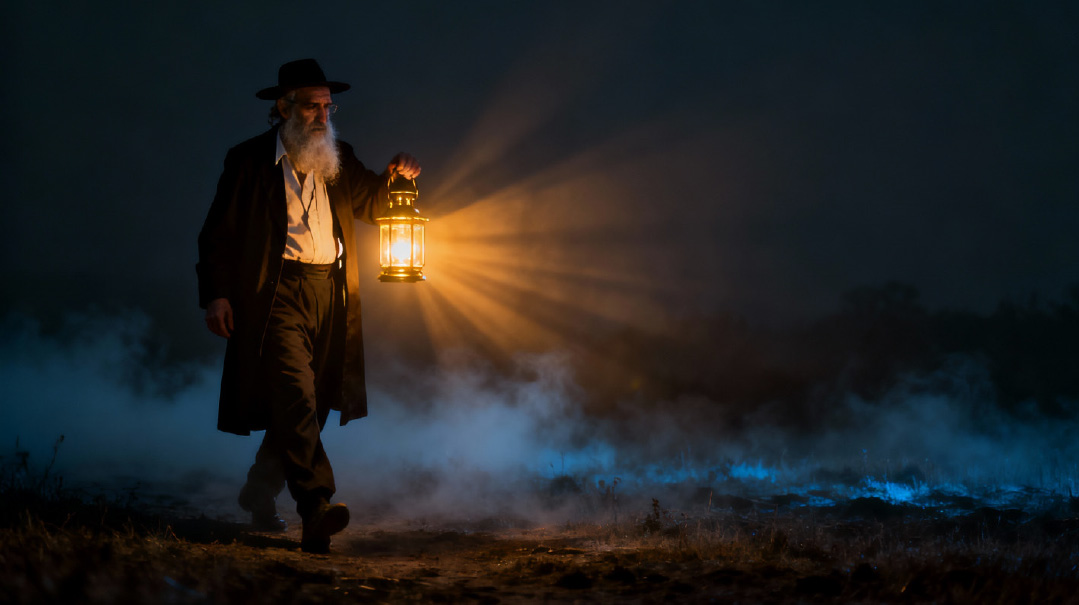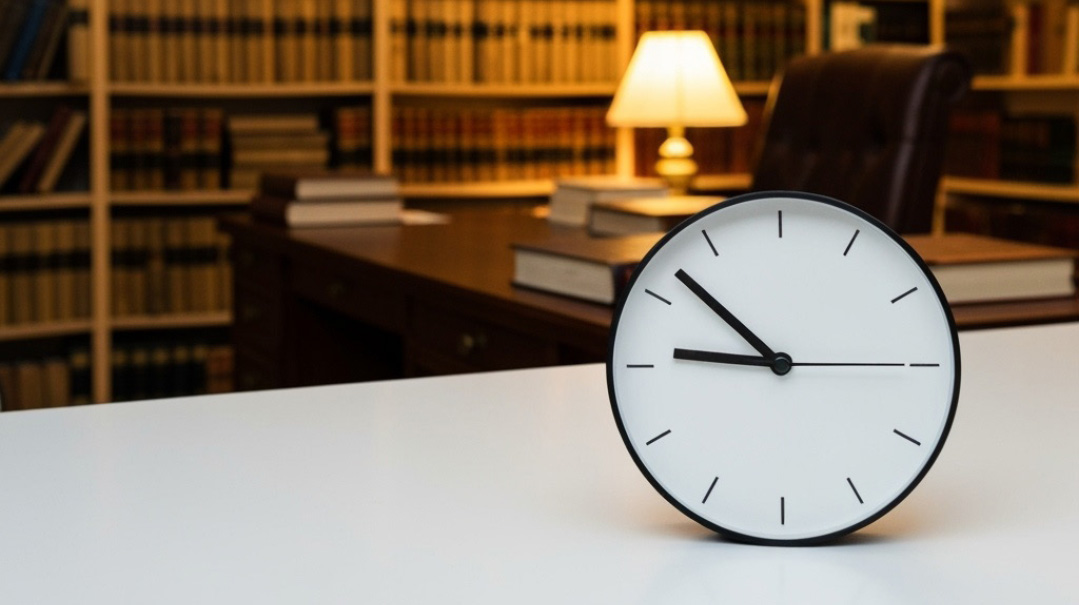It’s Time for Us to Speak Up

If you walked into any synagogue on Yom Kippur decades ago, you’d find it full, at least for Yizkor. Even Jews who weren’t fully observant felt tethered to Judaism, ingrained with memories of their grandparents’ observance. While that currently still holds true for Israelis, according to a Pew Study that analyzes religious involvement, significant numbers of today’s American Jews never step foot in a synagogue on the High Holidays. Sadly, 45 percent of US Jews say they are avowedly secular, and the intermarriage rate among the non-Orthodox is at a staggering 71 percent. American Jews, particularly younger ones, are moving further away from Judaism.
Thankfully, the news is not all bleak. While some are disconnecting from organized religion, there is also a grassroots trend toward tradition. It’s not a revolutionary embrace of full observance, it’s a change in course for many American Jews in the direction of Yiddishkeit. Demographic surveys conducted recently by Jewish federations in Houston, Miami, and Broward County, Florida, point to a monumental shift in how Jews are identifying and engaging.
Some background: American Jews were classically divided into the three neat boxes of Reform, Conservative, and Orthodox. In the first half of the 20th century, many Jews, even if they were not fully observant, were members of Orthodox shuls. Starting midcentury, great numbers moved away from Orthodoxy toward the liberal movements. In the flight to the suburbs, Jews left the Orthodox shuls of their parents and grandparents and joined the temples popping up. Today, the reverse is occurring. The Conservative movement has lost some 40 percent of its members in the last 20 years, shuttering over 300 synagogues. The Reform movement is in decline; high rates of intermarriage, an aging population, and limited retention of the next generation are pushing it to a demographic precipice.
The Federation studies reveal the emergence of a new development. People are participating in Orthodox synagogues and programming even if they don’t consider themselves so. In Miami, 27 percent of all Jews are active in Chabad, and in Broward and Houston the upward trend is the same. Among Jews aged 35 and younger, the results were astonishing, with 47 percent of young Miami Jews being active in Chabad and 37 percent in Houston. Other intriguing data included the fact that only 20 percent of those attending Chabad are practicing Orthodox. Engagement happens on many levels. For some it’s regular and ongoing. For others it might be attending a Torah class, a minyan, or occasionally joining holiday or social events.
Increasingly American Jews, in particular younger Jews, are choosing to connect to their heritage within the context of traditional Judaism. Instead of joining a temple with a message about “tikkun olam,” they are going down the block to Chabad, where the conversation is about Torah and mitzvos. Even though they may not be fully frum, the Judaism they do want is based on Torah.
And it’s not just Chabad. Orthodox shuls active in outreach, like that of my friend and neighbor in northern California, Rabbi Menachem Levine of San Jose, have created real gateways to Yiddishkeit.
For generations, Jews have been on a train headed away from tradition — their abdication of observance validated by liberal rabbis telling them they don’t have to keep kosher and officiating at intermarriages. Today there is a radical shift as more and more Jews, even those marginally involved, are moving toward Yiddishkeit. And this is in addition to the baalei teshuvah who are making a complete transformation of their lives.
My hometown community of Orange County, California, is indicative of this trend. I arrived over three decades ago, invited by a small garage minyan in Anaheim that was a breakaway from the local Conservative temple. The only other Orthodox presence was an embryonic Chabad center in Irvine. There were over half a dozen large Conservative congregations and some ten Reform temples in the area. Today, Orange County is home to 16 Chabad centers — many housed in large facilities with sizable constituencies — a vibrant Orthodox shul, and Young Israel. Most of the Conservative congregations have either closed or merged. Currently there is one viable congregation and a second barely holding on, having sold its facility. The Reform temples have not closed, but their membership is shrinking.
This trend, coupled with the growth of Torah-observant Jews, is changing the landscape of American Jewish life. Although only half of the Jewish population is engaged in the community, the way those are affiliating has changed dramatically. According to Pew, just 11 percent are members of Conservative congregations and 14 percent are members of Reform. The growth of the Orthodox community and the hundreds of thousands attending the approximately 1,000 Chabad Centers in North America account for another 25 percent. In other words, some 50 percent of Jews are involved, half with the liberal movements and half with Orthodox, including Chabad.
We in the traditional community must not delude ourselves. Yes, there is a shift underway, but the task ahead is still daunting. Many of those Jews participating in their local outreach programs are still not fully observant. We must patiently nurture their connection to Yiddishkeit, mitzvah by mitzvah, Jew by Jew. Rolling back over a century of ingrained assimilation is difficult and change is incremental, but with greater exposure to limud haTorah it becomes a reality. Nor can we write off the 45 percent who claim to be secular; the vast majority have had little or no exposure to Yiddishkeit.
Lately, claims of a schism occurring between American Jews and Israel have been trumpeted by liberal Jewish groups. They are demanding dismantling the historic religious status quo in Israel. Asserting they speak for “Diaspora Jewry” and saying that “young people are being turned off to Judaism and support of Israel because of these policies.” While they may speak for a segment of American Jews, it’s disingenuous to assert that the vast majority of US Jews look to them as their representatives. Outside the US Orthodoxy is dominant; the liberal Jewish leadership claim to represent these communities is hollow.
For too long, the Orthodox community has abdicated the public space to others. We must refute the false claims that the liberal Jewish groups speak for the vast majority of Jews worldwide. We must be careful to speak with dignity and ahavas Yisrael, even about those we profoundly disagree with, but we cannot be silent. We must speak out proudly for the values of Yiddishkeit.
This shift of more Jews toward tradition demands a new level of communal leadership and responsibility. We can’t continue to sit on the side and only be concerned with the welfare of the Orthodox community. We must step in and provide leadership for the broader community. We must advocate true Jewish values within the guidelines of halachah. And we must exert our leadership to shoulder the challenges of the larger community in the spirit of Torah and take on the task of representing Diaspora Jewry.
Originally featured in Mishpacha, Issue 727. Rabbi Dovid Eliezrie is a Chabad shaliach in Yorba Linda, California, and the author of The Secret of Chabad. His e-mail is rabbi@ocjewish.com
Oops! We could not locate your form.






